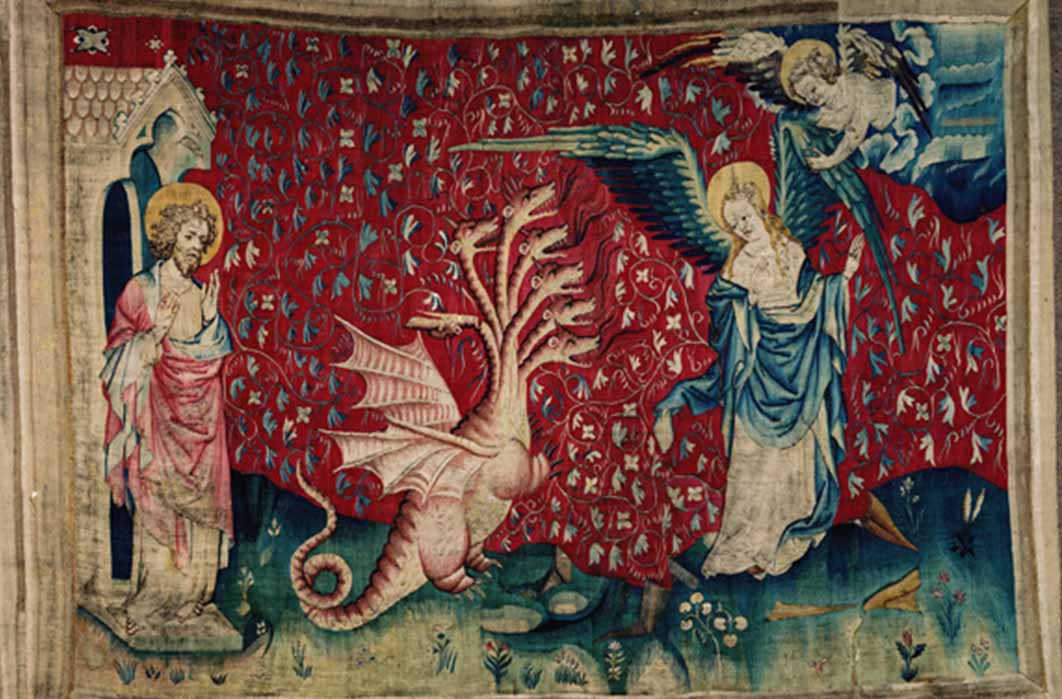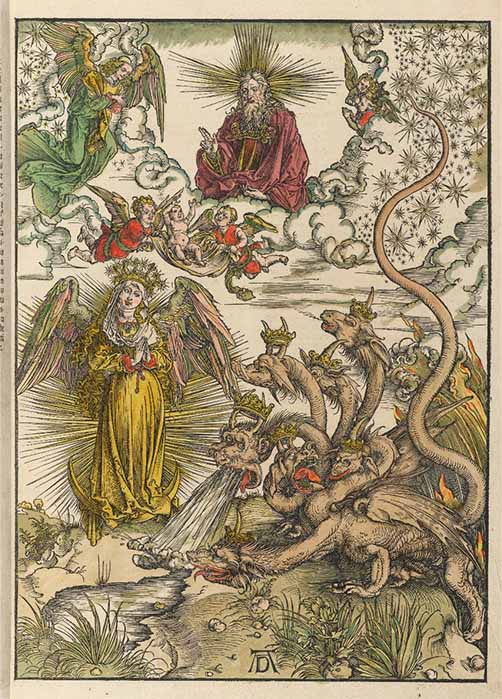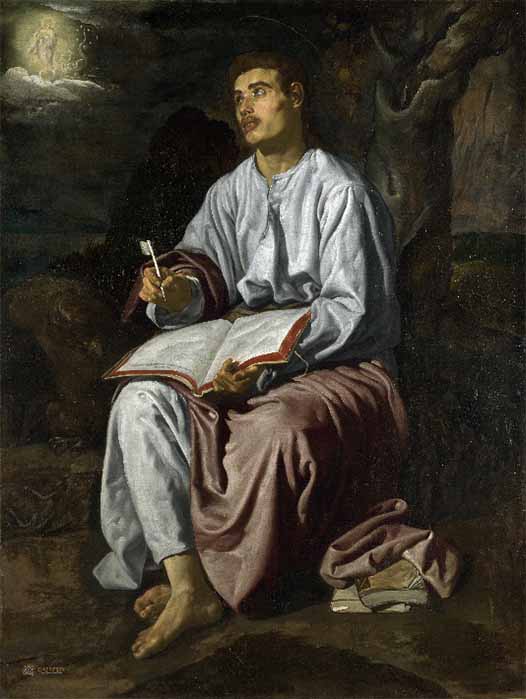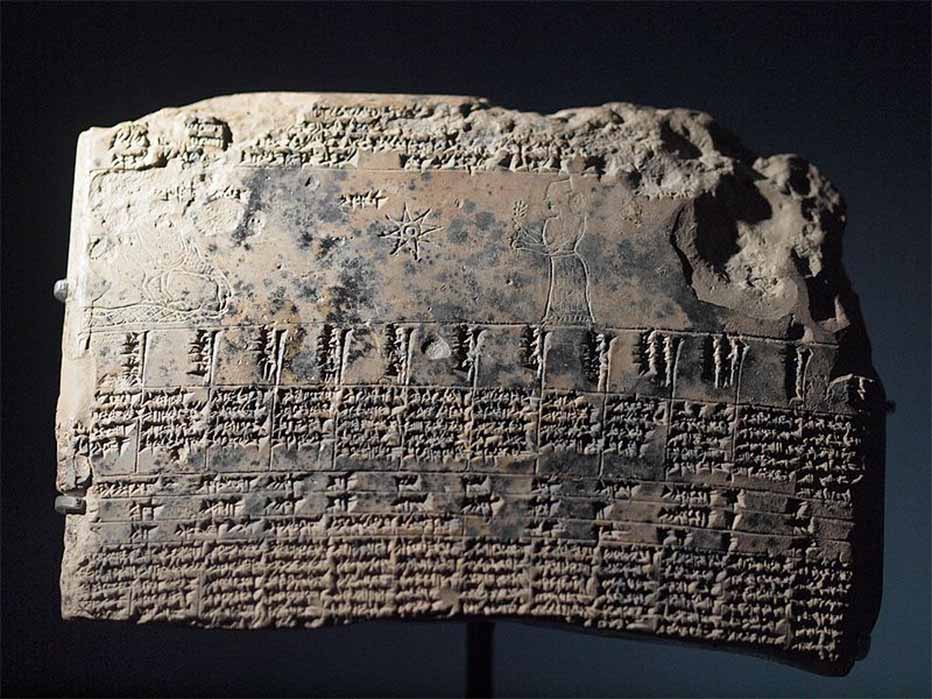
The Stellar Tableau Behind The “Woman-Child-Dragon” Apocalyptic Vision Of Revelation
Comprehending the meaning behind the mysterious imagery in the Book of Revelation remains one of the most challenging facets of New Testament scholarship, and one scene in particular continues to confound theologians: the “Woman-Child-Dragon” vignette of Revelation 12:1-6: There a “great sign was seen in heaven,” consisting of a pregnant woman crying out in labor, who is “clothed with the sun, with the moon under her feet, and on her head a crown of 12 stars.” Suddenly another sign appears, a “great red dragon, with seven heads and ten horns, and seven diadems upon his heads.” After sweeping one-third of the stars of the sky to the earth with its enormous tail, the dragon stood before the woman, poised to devour her child the moment it was born. She gave birth to a son that was immediately “snatched away to God and to his throne”—thereby thwarting the red ophidian’s plan. She then fled into the wilderness, where God had prepared a place for her.

The Woman-Child-Dragon scene from Revelation 12:1-6 by Albrecht Dürer (1498) Metropolitan Museum of Art (Public Domain)
Although Biblical scholars cannot agree on the basis of John’s vision, a key piece of the data lay with Verse 1:9. where the author of Revelation, John, confides that he has been exiled to the Greek Isle of Patmos due to his prophesizing for Jesus; testimony that was considered seditious under Roman law.

John of Patmos, the author of Revelation by Diego Velázquez (1619) National Gallery London (Public Domain)
Bible scholar Adela Yarbro Collins underscores this idea in the Harper’s Bible Dictionary: Early tradition says that John was banished to Patmos by the Roman authorities. This tradition is credible because banishment was a common punishment used during the Imperial period for a number of offenses. Among such offenses were the practices of magic and astrology. Prophecy was viewed by the Romans as belonging to the same category, whether Pagan, Jewish, or Christian. Prophecy with political implications, like that expressed by John in the Book of Revelation, would have been perceived as a threat to Roman political power and order.
A closer inspection of the text reveals that John of Patmos was indeed using astrological wisdom as the basis for his vision. In fact, John’s “Woman-Child-Dragon” apparition can be concretely traced to a stellar tableau in pre-Christian, pagan astrological tablets from Mesopotamia.
The Pregnant Woman-Child-Red-Dragon Constellations
Most scholars agree that Revelation was written around 95 AD. At that time Mesopotamian astrological wisdom recorded on clay tablets in the cuneiform script were still circulating in enclaves throughout the ancient world.






